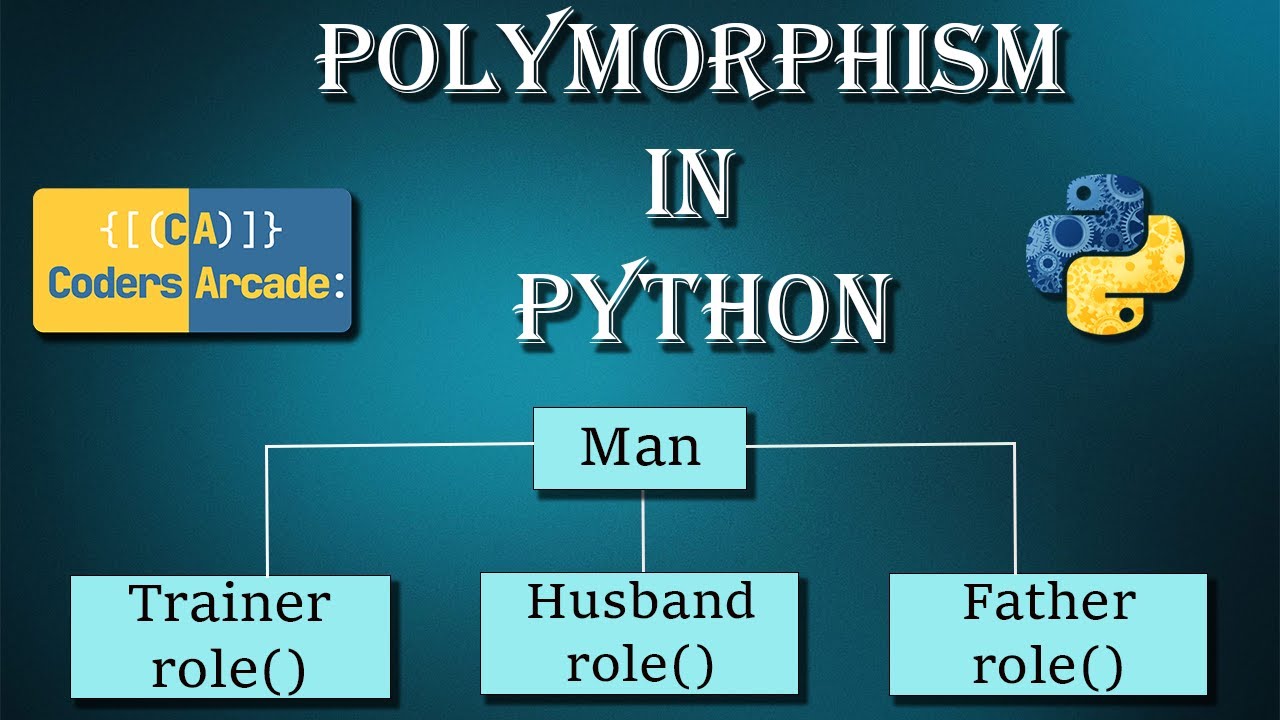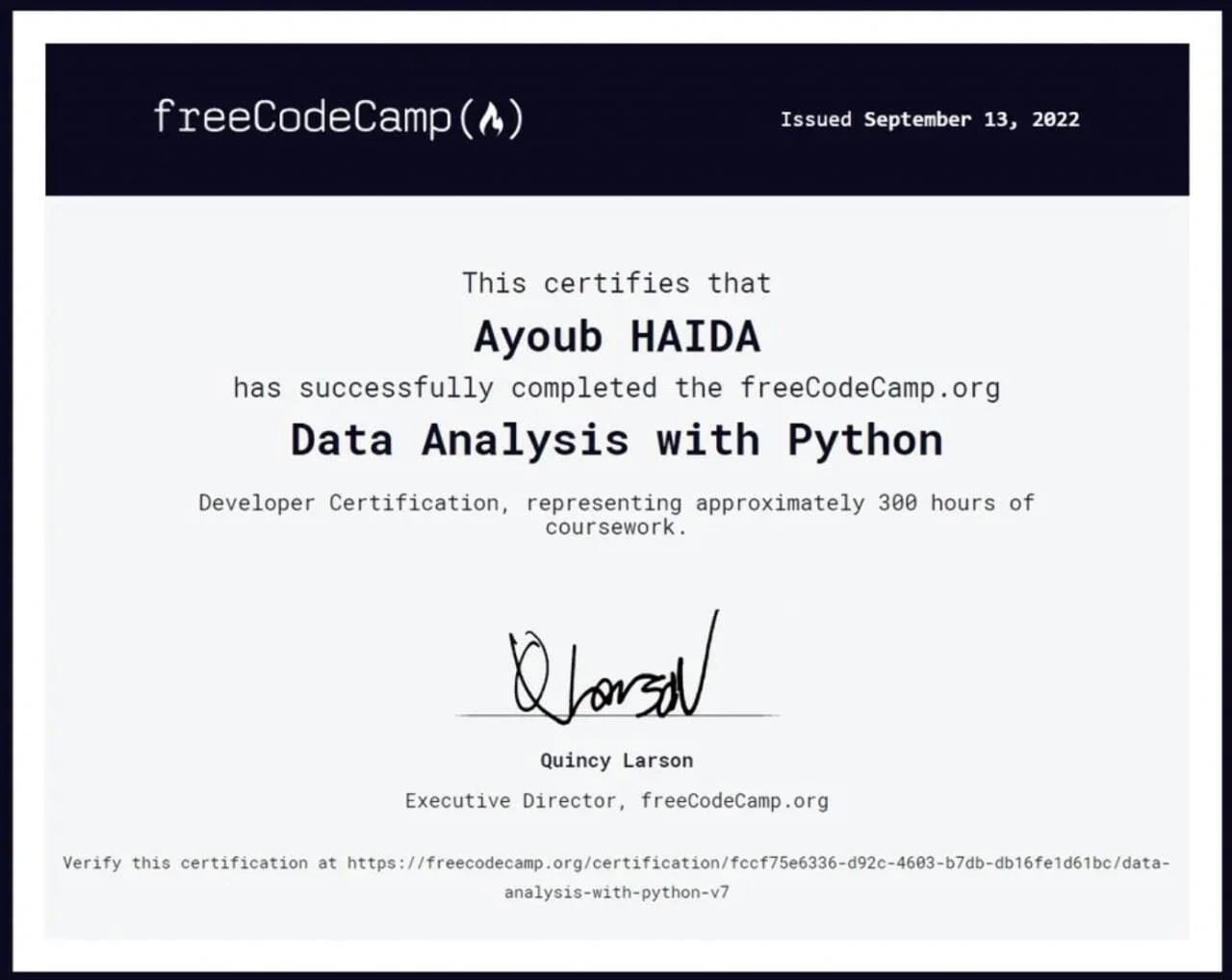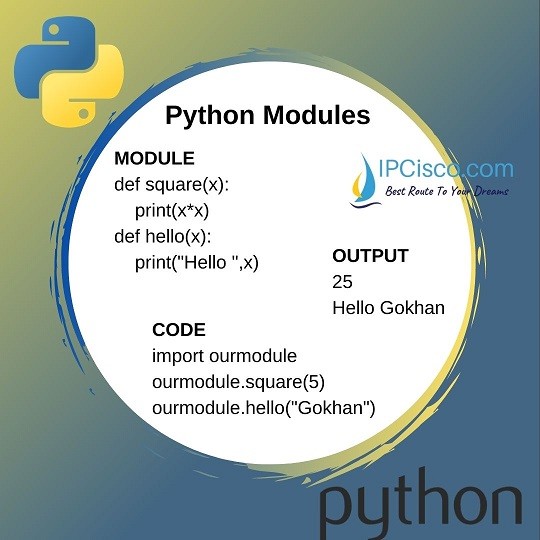ORM Python SQLAlchemy
ORM Python SQLAlchemy

I'm happy to help!
ORM stands for Object Relational Mapping. It's a technique that allows developers to interact with databases using objects, rather than writing raw SQL code. This simplifies the process of creating and managing database-driven applications.
Python has several popular ORM libraries, including SQLAlchemy and Django's ORM. Let me focus on SQLAlchemy:

What is SQLAlchemy?

SQLAlchemy is an open-source library that provides a Pythonic way to interact with databases. It supports various databases, such as MySQL, PostgreSQL, SQLite, and many others. SQLAlchemy was created by Mike Bayer in 2005.
How does SQLAlchemy work?
Here's a high-level overview of how SQLAlchemy works:
Database Connection: You create a database connection using SQLAlchemy'screate_engine() function, specifying the database URL, username, password, and other parameters. Table Definition: You define the structure of your database tables using SQLAlchemy's declarative_base() or Table classes. This is where you specify the table names, columns, data types, and relationships (e.g., foreign keys). Database Operations: Once you've defined your tables, you can perform various database operations using SQLAlchemy's various functions, such as: Creating a new database record: session.add() or engine.execute() Querying the database: session.query() or engine.execute() Updating existing records: session.commit() or engine.execute() Deleting records: session.delete() or engine.execute()
Benefits of using SQLAlchemy
Abstracted SQL: SQLAlchemy abstracts away the underlying SQL queries, allowing you to write Python code that interacts with the database without worrying about the SQL syntax. Database Agnosticism: SQLAlchemy supports multiple databases, making it a great choice for applications that need to interact with different databases or switch between them. Type Safety: SQLAlchemy's ORM layer provides type safety, ensuring that you're working with the correct data types in your Python code. Lazy Loading: SQLAlchemy's ORM layer provides lazy loading, which means you can delay the loading of related data until it's actually needed.Example: Creating a simple database model using SQLAlchemy
Let's create a simple example to demonstrate how to define a table and perform basic CRUD (Create, Read, Update, Delete) operations using SQLAlchemy:
from sqlalchemy import Column, Integer, String
from sqlalchemy.ext.declarative import declarative_base
Base = declarative_base()
class User(Base):
tablename = "users"
id = Column(Integer, primary_key=True)
name = Column(String)
engine = create_engine("sqlite:///example.db")
Base.metadata.create_all(engine)
Create a new user record
new_user = User(name="John Doe")
session = Session(bind=engine)
session.add(new_user)
session.commit()
Read all user records
users = session.query(User).all()
print(users) # prints the list of User objects
Update an existing user record
user = session.query(User).filter_by(id=1).first()
if user:
user.name = "Jane Doe"
session.commit()
Delete a user record
session.query(User).filter_by(id=2).delete()
session.commit()
This example demonstrates how to define a User table using SQLAlchemy's declarative base, create a new record, read all records, update an existing record, and delete a record.
I hope this explanation helps you understand ORM concepts and SQLAlchemy better!
What is the difference between DAO and ORM in Python?

I'll respond in English this time.
The terms "DAO" and "ORM" are often used interchangeably, but they have distinct differences in their functionality and purpose. Here's a detailed explanation of what each stands for and how they differ:
Data Access Object (DAO)
A Data Access Object (DAO) is an abstraction layer between your application code and the underlying database. Its primary role is to encapsulate the data access logic, providing a standardized way to interact with the database.
In Python, a DAO typically acts as a bridge between your business logic and the database, hiding the complexity of database operations from your application code. A DAO usually provides methods for CRUD (Create, Read, Update, Delete) operations, allowing you to perform tasks like retrieving data, inserting new records, updating existing ones, and deleting data.
For example, if you're building an e-commerce application in Python using SQLite as the database backend, a DAO would provide methods like get_orders(), create_order(), update_order_status(), and so on. This abstraction layer makes your code more portable and easier to maintain, as it decouples the application logic from the specific database implementation.
Object-Relational Mapping (ORM)
Object-Relational Mapping (ORM) is a programming technique that maps objects in your application's business logic to tables in a relational database management system. It allows you to interact with the database using Python objects rather than writing raw SQL code or dealing with low-level database operations.
In Python, ORMs like SQLAlchemy or Django's ORM provide a way to map Python classes to database tables, allowing you to manipulate data at the object level. This means you can create, read, update, and delete data as if it were an in-memory Python object, without having to write SQL code.
For instance, using SQLAlchemy, you might define a Order class that represents an order in your application:
from sqlalchemy import Column, Integer, String
from sqlalchemy.ext.declarative import declarative_base
Base = declarative_base()
class Order(Base):
tablename = 'orders'
id = Column(Integer, primary_key=True)
customer_name = Column(String)
total_amount = Column(Integer)
def init(self, customer_name, total_amount):
self.customer_name = customer_name
self.total_amount = total_amount
def repr(self):
return f"Order(id={self.id}, customer_name='{self.customer_name}', total_amount={self.total_amount})"
With this ORM, you can interact with the orders table using the Order class:
from sqlalchemy.orm import sessionmaker
Session = sessionmaker(bind=engine)
session = Session()
order = Order(customer_name="John Doe", total_amount=100)
session.add(order)
session.commit()
Key differences between DAO and ORM:
Purpose: A DAO primarily focuses on providing a standardized way to interact with the database, whereas an ORM aims to map objects in your application's business logic to tables in the database. Abstraction level: A DAO typically provides methods for performing CRUD operations at a low-level, while an ORM abstracts away these details by allowing you to manipulate data at the object level. Code complexity: Working with a DAO often requires more raw SQL code and lower-level database operations, whereas ORMs provide a higher-level of abstraction and simplify the process.In summary, both DAOs and ORMs enable efficient interaction with databases in Python, but they serve different purposes. A DAO provides a standardized way to access the database, while an ORM maps objects to tables, allowing you to manipulate data at the object level.





























